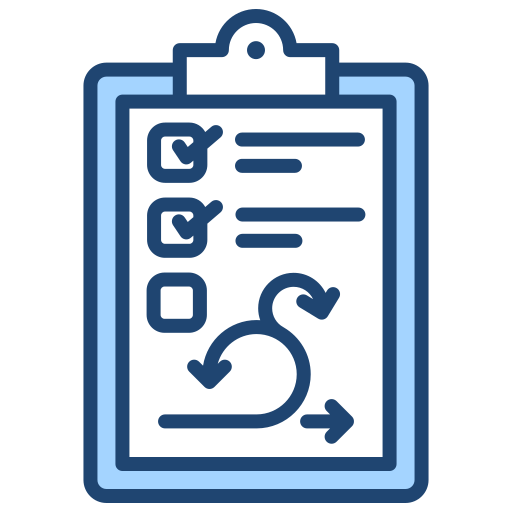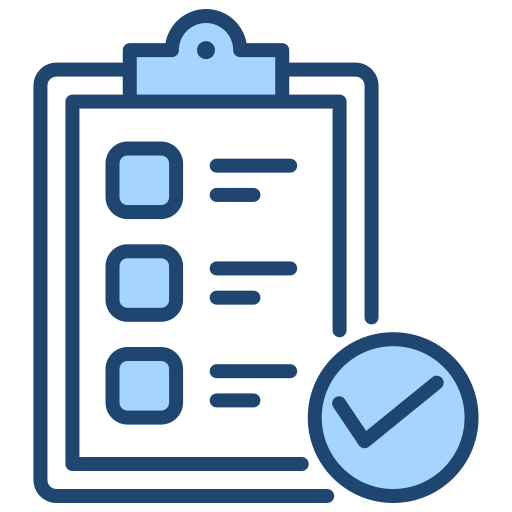Scrum Product Owner
The objective of this certification is to ensure that Scrum Team members know enough about Scrum to effectively contribute to a Scrum project.
Scrum Product Owner Certified (SPOC)
Scrum Product Owner Certified (SPOC®) certification exam is designed to confirm applicants practical and working knowledge of Scrum that equips them to handle the business aspects and business stakeholders in a Scrum environment.
Product Owner represents the interests of the business stakeholders in the Scrum Team. Commonly called ‘the voice of the customer’, the Product Owner is responsible for ensuring clear communication of product or service functionality requirements. The Product Owner also prioritizes the requirements from the point of view of an end user, for maximum business benefit, defines the Acceptance Criteria, Done Criteria, and ensuring those criteria are met. Applicants will be awarded the Scrum Product Owner Certified (SPOC®) certificate by SCRUMstudy™ upon successfully passing the certification exam.

Course outcomes
At the end of the course you will be able to:
- Delegates will be familiar with the concepts, advantages, and challenges of the Scrum framework.
- Delegates will be adept in handling the business aspects of the Scrum framework and business stakeholder engagement.
- Delegates will be equipped with the knowledge needed to play the role of a Product Owner in their organizations and help their organizations adopt the Scrum framework. This knowledge will include a functional understanding of the other roles in Scrum.
- Delegates will have knowledge pertaining to and the ability to anticipate issues related to the practical implementation of Scrum

What you will learn
The aim of the SPOC® course is to:
- Provide deep understanding of the philosophies and principles in the Scrum framework
- Provide a practical knowledge of Product Owner’s perspective including roles, meetings, and artifacts.
- Prepare participants to be comfortable in taking on the role of Product Owner in their organizations as well as to manage common issues and roadblocks.
- Prepare participants to take SPOC® exam upon completion of the course.
- At the end of this course the delegate will be prepared for the SPOC® exam
Course outline
During this course the following topics will be reviewed:
- 1. Agile and Scrum Overview
- 2. Scrum Roles
- 3. Planning in Scrum
- 4. Sprint Planning
- 5. Implementation of Scrum
- 6. Scrum for Large Projects



Who will benefifit?
The following individuals will benefit from this course:
- This is highly recommended for anyone in a company who works in a Scrum Project and interfaces with business stakeholders or works as a Product Owner in a Scrum Team.
- This will also be very useful for those who are interested in understanding the details of Scrum and how this framework could be used effectively.

Prerequisites
- There is no formal prerequisite for this certification.
- However, SDC® or SMC® Certified professionals will be able to better understand the concepts required for this certification exam.
- It is also highly recommended to attend a 2-day SPOC® classroom training provided by a SCRUMstudy™ approved Authorized Training Partner (A.T.P.)

Course methodology
- We promise a highly engaging course that ensures high retention of concepts and theories.
- Students are encouraged to work through the concepts rather than just listen to them—this provides better internalization and retention.
- Students work through a case study to simulate product development using the Scrum Framework.

Examination format
- Multiple choice
- 140 questions per exam
- No negative marks for wrong answers
- 180 minutes duration
- Proctored online exam
- Current pass rate: 93%


What is included
Class registration includes:
- High quality videos, study guides, chapter tests, and case study
- High quality hands-on training using role-plays and case-studies.
- Course fee includes certification exam fee.
- Complimentary copy of the SBOK® Guide.
Inscríbete ahora
Inscríbete en nuestro próximo curso de Scrum Product Owner Certified y descubre cómo puedes liderar la transformación en tu organización.

